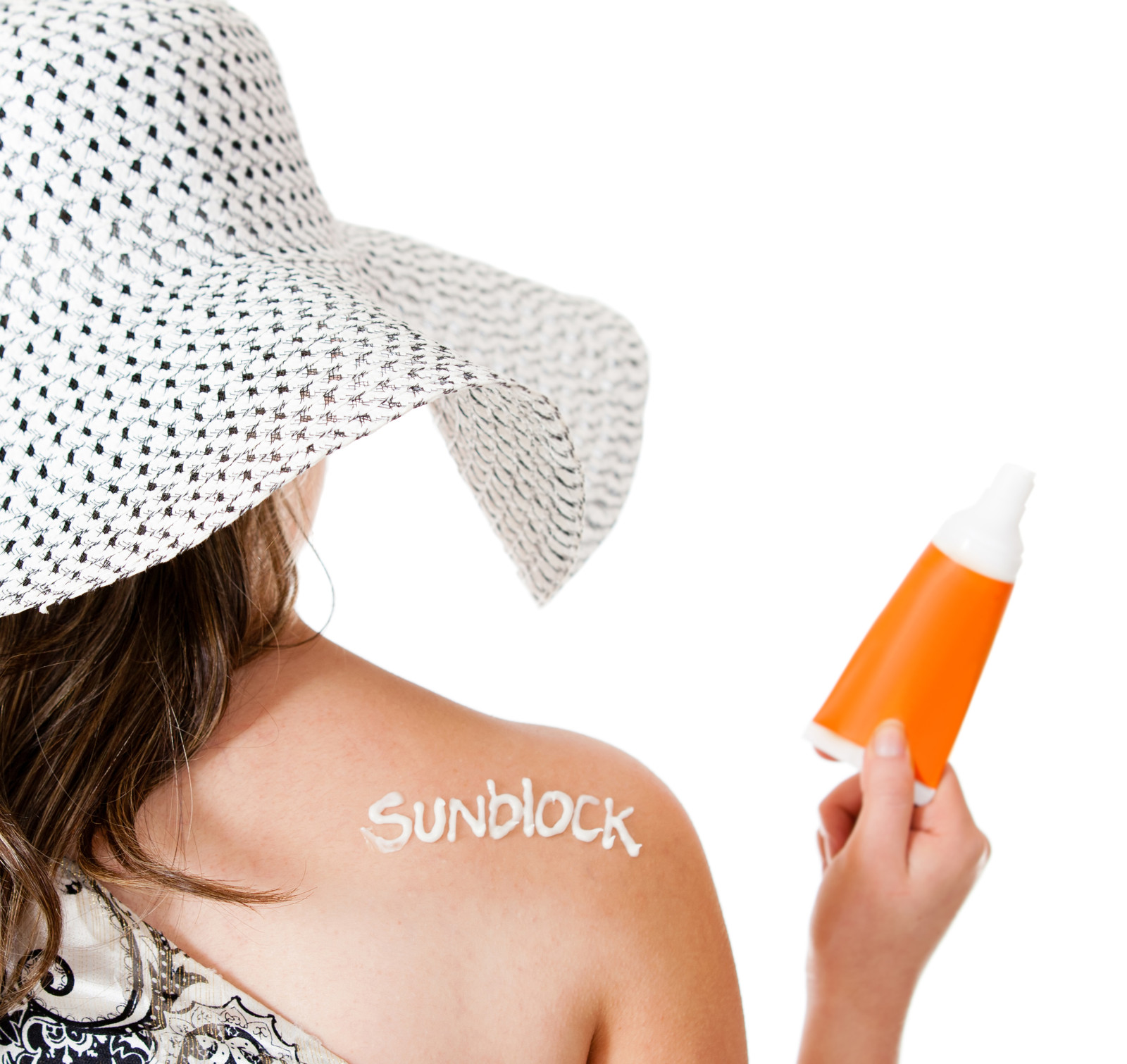How to select a Tanning Product
A good tanning product will you obtain that gorgeous, bronzed body this summer.
Without this, the chances are many people would be hiding their pale complexions and bodies from the sun, staying out of the sun completely.
Or, perhaps they would venture into a tanning salon with the aid of a tanning product specifically made for indoor tanning?
Sun tanning is something that traditionally happens outdoors in the glorious sunshine. In the last decade though, indoor tanning has become more and more popular as our lives become more and more restricted time wise.
Big city living also tends to limit one's opportunity for exposure to the outdoors, unless it's a weekend and you have some leisure time and can get away to the countryside.
Outdoor tanning products
 sunblock to help with tanning
sunblock to help with tanningThese products evolved from 1970 onwards when tanning started to become fashionable. They were originally designed to promote a tan as fast as possible without any protection from the sun's UV rays. Many people actually used baby oil and literally fried!
Today, the emphasis has completely changed to having tanning products that protect the skin while exposed to the sun's UV rays, while at the same time allowing your skin to tan very slowly and never burn.
There are plenty products to choose from, so much so that people are becoming quite confused about what is good and what is not.
Even with work done by organizations such as The Skin Cancer Foundation, or more specifically The American Cancer Society and The Skin Cancer Foundation of Australia, in warning consumers about the dangers posed through exposure to the sun for skin cancer, there is a surprising number of people who take no precautions at all, never mind know which products to choose.
Don't get sun burnt EVER. Your tan will be back to the starting blocks if you get burnt and blister and peel, never mind the potential damage to your DNA, the creation of free radicals and ultimately skin cancer.
So, when choosing a tanning product, or sunscreen, to provide the sort of protection you require that also allows you to tan, here are a few pointers:
- Know your skin type and therefore how high the SPF in your sunscreen
- Make sure you get UVA protection and not just UVB. IE. To be really safe, look for Zinc Oxide or Titanium Dioxide as an ingredient
- Allow your skin time to tan by applying more sunscreen more regularly the first day you tan and gradually less as your skin acquires a tanned look
Indoor tanning products
 Hands reaching for that tanned look
Hands reaching for that tanned lookIf you're looking for a way to build a gradual tan but don't want to actually turn to the sun's ultraviolet rays to do so, you can opt for an indoor tanning product. The difference between the two is that indoor products are designed to be used with tanning beds only, and not outdoors at the pool, beach, hiking, biking or other outdoor activities.
This is because most of these products do not contain any SPF to protect your skin from the UV rays. Which is, of course, why it is so important to read the label's directions.
Outdoor products pretty much all have SPF, being UVB protection, and all should have UVA protection too for broad spectrum protection, to keep your skin relatively safe. I say relatively safe and not completely safe, as the sunscreens UVB protection levels will reach about 97% - 98% only and UVA protection can be considerably less. They need to be balanced.
As indoor products tend to have no protection from either UVA or UVB it is imperative that you manage your time exposed to the UV lamps very carefully and do not damage your skin.
Don't be impatient. Take it slowly and allow your skin to tan gradually and you will obtain a much healthier tanned skin than one that is ramped up fast and furious.
It also pays to make sure your product:
- contains excellent moisturizing ingredients
- has NO toxic chemicals
- has antioxidants to boost the skin's ability to fight any free radicals created
Also, remember that it pays not to get the indoor and outdoor products mixed up, as some sunscreens have ingredients that can damage the tanning bed's surface.
Bronzer tanning products
 Bronzers for all skin types
Bronzers for all skin typesAnother popular product that is becoming a lot more widely used is what is known as a 'bronzer'.
Tips when using a bronzer to make sure you are 'sun kissed':
- Exfoliate your dead skin cells to help promote an even tanned skin look.
This applies especially to your elbows, knees, and ankles as they will typically come out looking orange or very dark! - Wash your hands as soon as you're done applying the bronzer to your body, otherwise you will be left with stained hands
- Be careful about your clothes and other items that can get stained if they come into direct contact with the bronzer
Amplifier Tanning Product
Known simply known as an amplifier, this is another product being used more frequently.
This product creates a moist layer on top of your skin, which serves to catch the ultraviolet rays and absorb them.
The theory behind this is that the end result is a natural tan that also allows for plenty of moisture and hydration for your skin.





New! Comments
Have your say... please leave me a comment in the box below.